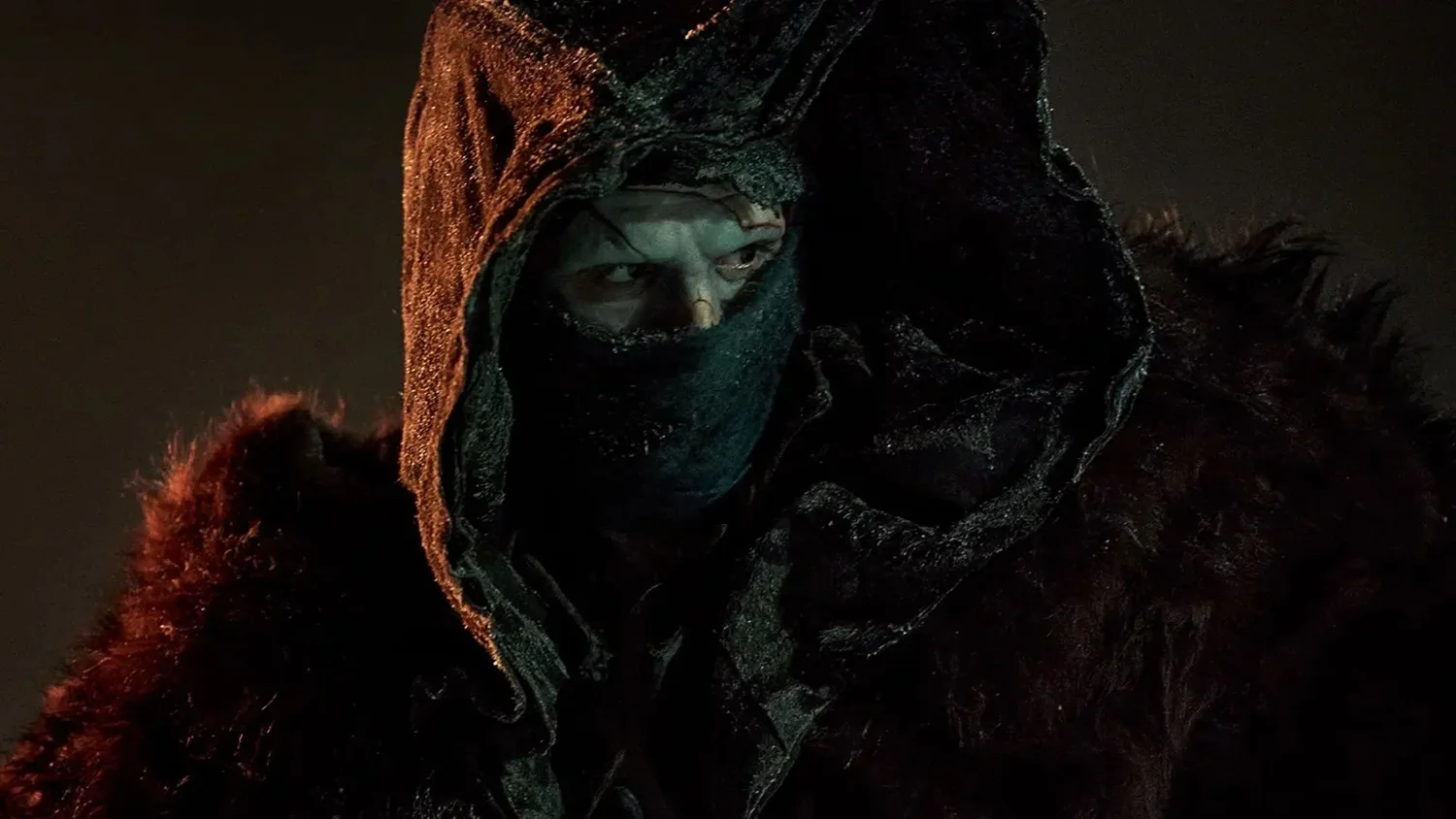
Guillermo del Toro has spent three decades chasing his ultimate passion project, and this fall, audiences will finally get to see it. His long-awaited adaptation of Frankenstein will premiere at the Venice Film Festival on August 30 before hitting theaters for an exclusive three-week run on October 17.
Netflix will then bring it to streaming on November 7, making this a big bet for the streaming service as it had a budget of $120 million.
But don’t expect a straightforward horror film. Del Toro insists his version isn’t just about a monster stitched together from corpses.
“Ridiculous as it may sound, I see it as a biography of these characters,” del Toro explained. “In my movie, it is about the lineage of familial pain.”
The film weaves Gothic horror with family drama, exploring how Victor Frankenstein, played by Oscar Isaac, is shaped by the cruelty of his father (Charles Dance) and then passes that pain down to his creation, portrayed by Jacob Elordi.
Netflix’s chief content officer Bela Bajaria said: “Guillermo has thought about making this movie since he was a child. It’s what made him want to be a filmmaker in the first place. He wants to explore what it means to be a monster and a human being.”Everest”
Del Toro has been chasing Frankenstein since before he even had a camera. “Absolutely. It took 30 years,” he said. “There’s the DNA of Frankenstein on Chronos, on Blade II, on Hellboy. And we were developing it at Universal before they passed. I pitched it everywhere. It’s been my Mount Everest to climb.”
That obsession began in childhood, when he saw James Whale’s 1931 classic. “I completely emptied my soul into the creature. I thought, ‘That’s me.’ It was a religious and spiritual moment for me,” he recalled. “He was an outsider. He didn’t fit into the world in the same way that I felt as a kid.”
For del Toro, the story was never about fear. “It’s a story like Pinocchio, about a creature that is created by his father and thrown into the world, sort of into the deep end of the pool. Frankenstein is a song of the human experience. It’s the story of a father and a son.”
When it came to casting Victor, del Toro wanted someone magnetic and modern. “I didn’t want to have a mad scientist. I wanted to make this sort of rock star genius, and Oscar has all the swagger and swarthy seductive power that Victor, in my mind, had. He’s like a Byronic rock star.”
Andrew Garfield was originally set to play the creature, but after he left the project, del Toro turned to Elordi. “I saw Saltburn, and I loved his innocence and openness… Jacob’s eyes are so full of humanity. I cast him because of his eyes.”
Del Toro has been sketching his take on Frankenstein’s creature since the late ’70s. He wanted to avoid the usual bolts and stitches and instead approached the design like a work of art.
“I thought it was very interesting to make him like a jigsaw puzzle. I wanted him to look beautiful, like a newborn thing. Victor is as much an artist as he is a surgeon, so the cuts had to make aesthetic sense.”
The sets, too, were built practically. “It’s extremely important for me to keep the reality of film craft alive. I don’t want digital. I don’t want AI. I want old fashioned craftsmanship. I go in and paint props myself. I supervise the construction of the sets. There is an operatic beauty when you build everything by hand.”
At one point, del Toro considered making Frankenstein as two films told from different perspectives. He ultimately chose a single feature with a dramatic shift midway through.
“I decided it was much better to have a movie where there’s a hinge moment shortly after the creation, where the perspective shifts and you follow the creature in his travels after following Victor for the first part.”
Instead of the usual storm and lightning strikes, del Toro’s creation sequence is a spectacle. “Almost nobody shows the creation of the monster. Everybody shows thunder, and the monster is already put together. And I thought, if you are following a rock star, you want to shoot the concert. So instead of making it horrible… I made it into a waltz. I made it into a joyous fun, sort of crazy concert.”
While many interpretations of Frankenstein lean into cautionary tales about science and technology, del Toro sees it differently. “The usual discourse of Frankenstein has to do with science gone awry. But for me, it’s about the human spirit. It’s not a cautionary tale: It’s about forgiveness, understanding and the importance of listening to each other.”
Netflix is giving Frankenstein its widest theatrical push yet, running exclusively in theaters for three weeks before it arrives on the platform. The film will also get a physical release, following in the footsteps of del Toro’s Oscar-winning Pinocchio.
For del Toro, that balance is worth it. “If the choice is between being able to make the movie and have portions of the release be theatrical and portions be streaming or not make the movie, that’s an easy decision to make. For a filmmaker, you want to tell your stories.”
After decades of struggle, del Toro is finally sharing the film that shaped his entire career. As he put it: “I feel like the movie is very eloquent in what it is expressing. Whether people agree with its position about the world, I have no control over.”
Source: Variety
